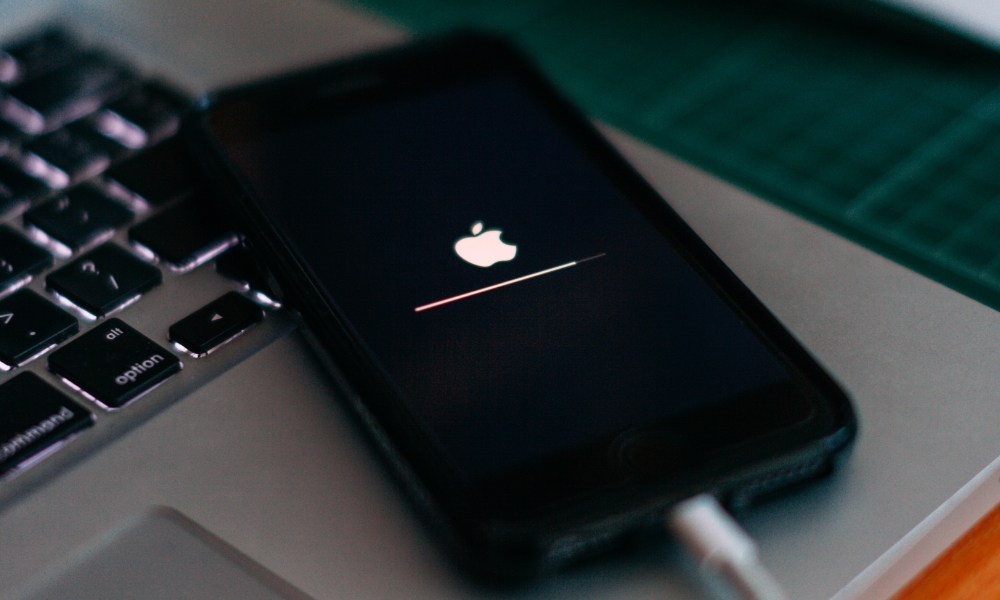Updating to iOS 26? Your Battery May Take a Short-Term Hit

Toggle Dark Mode
Today’s the big day. iOS 26 has been officially released to the public, letting all those folks who are wary of betas jump in and enjoy all the fun new features it has to offer.
There’s a lot to like in iOS 26. While the new Liquid Glass design isn’t everyone’s cup of tea (although trust me, it does grow on you), there are also some powerful new features, including new call screening and hold monitoring capabilities in the Phone app, plus Live Translation powered by Apple Intelligence. Maps also get preferred routes, Music playlists can be auto-mixed DJ-style, and a new Apple Games app gives you a one-stop hub for your entire mobile gaming experience.
In fact, Apple has listed over 200 new features in iOS 26. That’s far too many for us to cover a single place, but we rounded up some of the more genuinely useful ones earlier today, and we’ll be continuing our coverage over the coming days.
The best way to enjoy iOS 26 isn’t just to read about it, but rather to jump in and explore the new OS upgrade for yourself. You can install iOS 26 on any iPhone that Apple has released since 2019, including the iPhone 11 and second-generation iPhone SE, although not every feature will be available on older devices.
One of the most frequent concerns we hear about updating to a major new iOS release is a possible hit on performance and battery life. We can confirm that the performance hit isn’t noticeable even on older iPhone models. However, an impact on battery life is a legitimate problem.
The good news is that, in most cases, it’s not a permanent one. Every year we hear folks raising alarms that the latest iOS update has killed their iPhone battery, and some reporting that even brand new iPhone models are experiencing worse battery life than expected.
While these are all valid reports, the answer in almost every case is a relatively simple one: don’t panic, just wait it out.
Every major iOS release seems to require some time to “settle.” This includes doing things like recalibrating the battery, reindexing data on your iPhone for Spotlight and Photo searches, flushing and rebuilding cached data, and more.
Apple wants to ensure that the update installs as quickly as possible so you can get right back to using your iPhone, so it leaves as much as it can to run in the background after the main part of installing the update completes. The logic is that it’s better to use more power to finish off in the background than to leave people waiting several hours for a new iOS release to be installed.
This is also the case with moving to a brand new iPhone. Since most folks transfer data over from an old iPhone, which is likely still running the previous iOS release, the same background processes are required to update that migrated data for iOS 26. However, there’s even a bit more work to be done, since Apple doesn’t waste time transferring transient information like indexes and caches, which can easily be rebuilt on the new iPhone.
This temporary impact on battery life can last anywhere from a couple of days to a week or so, depending on the amount of data stored on your iPhone and its age. Older models will naturally take a bit longer to chew through all this extra processing. There’s nothing new about this procedure, but this year Apple has offered some additional clarification in a new support article on Apple software updates:
Immediately after completing an update, particularly a major release, you might notice a temporary impact on battery life and thermal performance. This is normal, as your device needs time to complete the setup process in the background, including indexing data and files for search, downloading new assets, and updating apps.
The support article is now linked from the iOS 26 release notes to make it more readily available to anyone updating, but it’s also nothing that Apple hasn’t said before in other ways, and it’s not at all specific to iOS 26.
In addition to this extra background processing, it’s also normal to spend more time exploring the new features in a major software release, which obviously has a more direct impact on your iPhone’s battery. The good news is that iOS 26 offers some new battery management features, including an Adaptive Power Mode for newer iPhone models, which will more intelligently manage your iPhone’s performance to conserve power when you’re using it more than usual.









